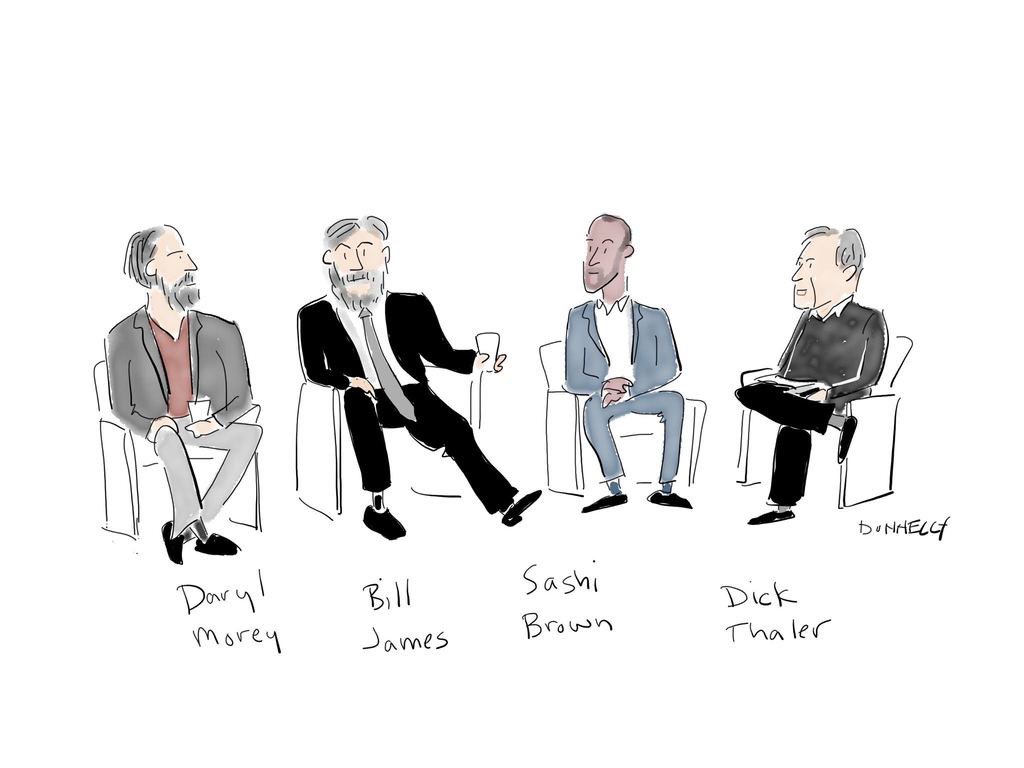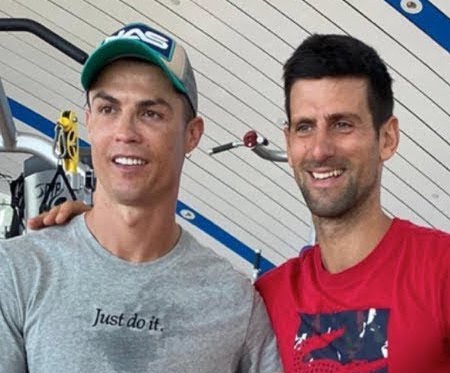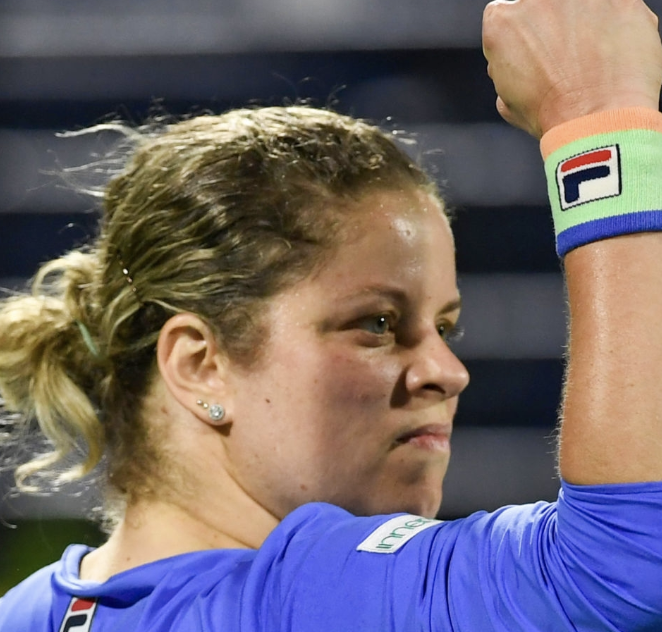
Are Top ATP Players Non-IID?
With sport at a standstill, there is ample time for sports nerds to get really wonky. In this post, I look at a question that should go to the heart of any tennis analyst: are players non-iid? I look at how we can measure non-iid effects, why we should care, and who has been the most non-iid among the Top 50 ATP players.




